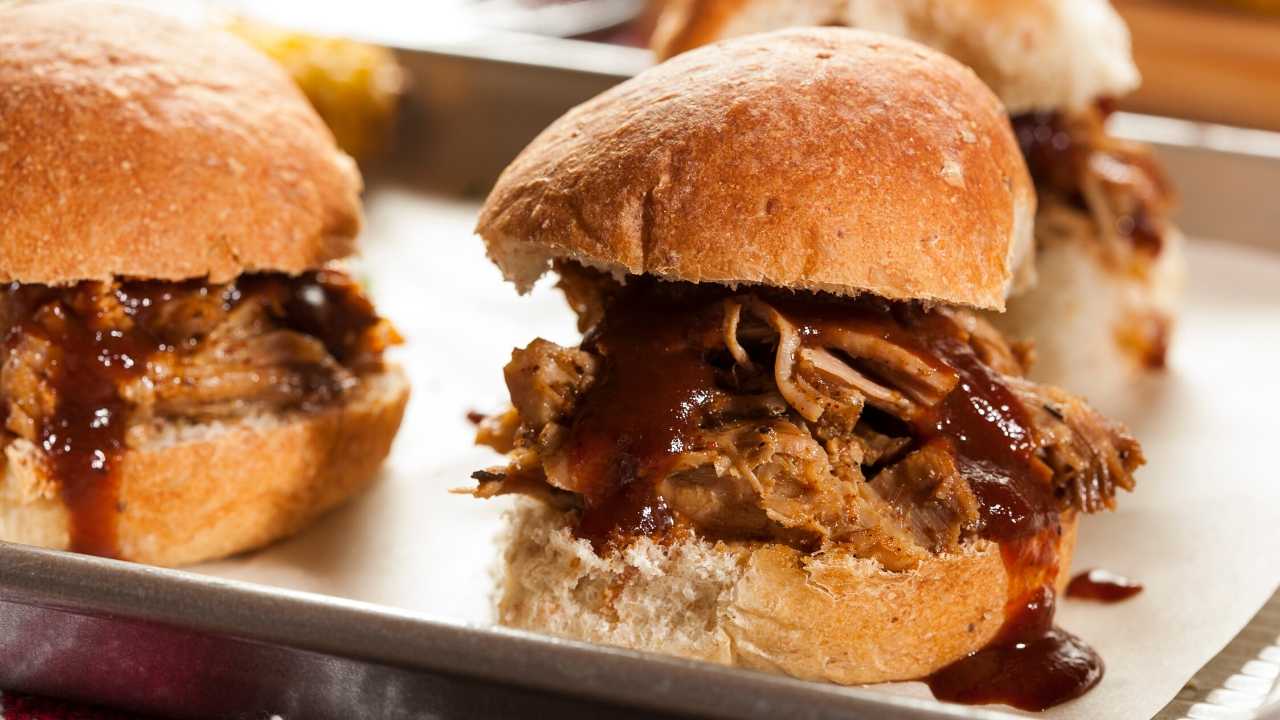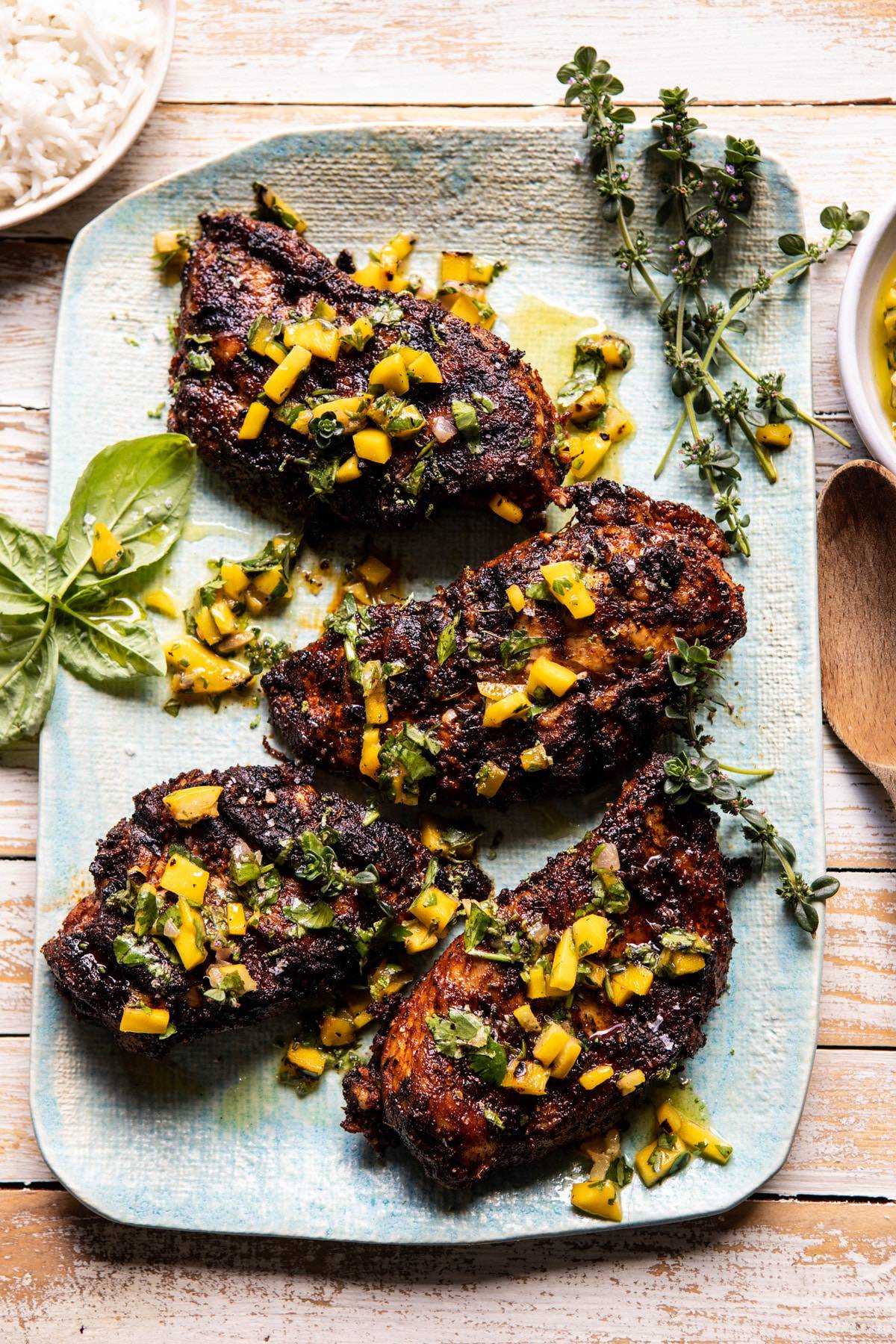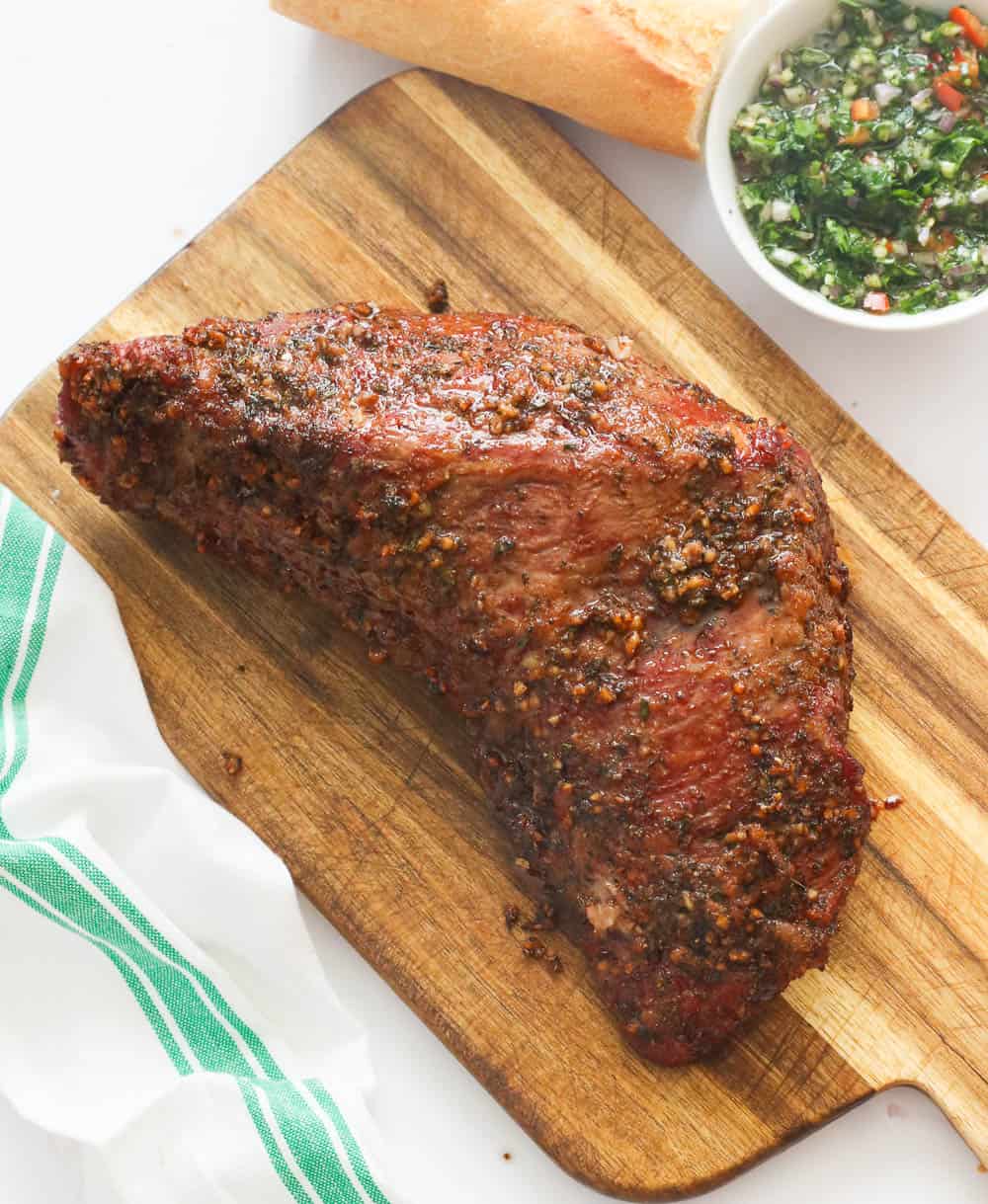
You will need to get rid of the bones before you can smoke your prime rib. You can do it yourself, using a knife to cut through the bones. Or you can hire a professional to do it. Next, remove excess fat, cartilage and meat. Paper frill caps are also available for serving. Butchers often remove all fat before smoking.
How to cook prime rib
Smoked prime rib is the perfect addition to any holiday meal. Prime rib's tender flavor and delicious aroma will please everyone and make a great gift for your loved ones. It is important to learn how to cook prime rib after smoking. These are some tips. Check the temperature before you start cooking rib roast. Roast the meat at 120 to 125 degrees F, and then turn it on to 130 to 139 degrees. 140-145°F is medium doneness. After the prime rib is finished, wrap it in aluminum foil. Let it rest for around 30 minutes. If you wish to sear the meat in reverse, take it out of the smoker at a temperature 10°F below the desired doneness. Once removed, cover the roast loosely with aluminum foil to keep it
Ideal cooking temperatures for ribs are around 225°F. However, temperature variations can lead to uneven cooking. You should use a quality meat thermometer to determine the internal temperature. A remote probe meat thermometer can be used to monitor the temperature while cooking. If the temperature is not reaching the desired level you can remove the ribs. Let them cool on the counter at least for two hours.
Choose a prime rib that is thick and moist. Select the highest-quality meat. Choose organic meat that has been raised using sustainable ranching techniques. It's also possible to have it done by yourself. A butcher will remove the bones, trim any fat and tie up the ribs if required. You can either choose a larger or a smaller roast, depending upon the size of your prime rib.
Choosing a wood for smoking
There are many options for wood to smoke prime-rib. Each wood type has its unique taste. If you want to bring out the best flavor, combine at least two of these. Woods can be combined to create a more smoky flavour. Hickory is known for its rich, smoky taste. Cherry and Pecan are milder. Although Hickory is the best choice for smoking prime ribs, it can also be used as a standalone ingredient to add flavor.
For a classic BBQ flavor, mesquite or hickory are good options. If you prefer a lighter smoke, applewood or black cherries are good options. While hickory and applewood are the best woods for smoking prime rib, they aren't the best choice for chicken. Instead, choose a smoker that can produce the flavor you want and is made for ribs.

The most popular choice for smokers is oak. It gives off a mild smoke flavor. This wood is great because it can be smoked quickly and does not require much wood. Adding small amounts of oak wood bit by bit will help you control the temperature and the desired flavor and texture. You might also like to try out different woods before you make a decision.
Carving a prime-rib
Carving a prime rib for smoking is an easy process if you follow a few simple steps. First, take out the chine and rib bones from the bottom of the roast. This will allow the juices to redistribute and normalize the temperature gradients. During rest, meat will continue rising by approximately 5 degrees F. Use a meat probe to gauge the temperature of the pull.
After carving the prime Rib, wrap it in aluminum foil for at most 20 minutes. The internal temperature should rise to 125 to 130°F, which is five degrees below what is desired for Medium Rare. A prime rib will cook quicker once it's removed from the heat, so let it rest before carving. It is best to use a long, thin knife to avoid cutting the meat too quickly.
Use indirect heat such as a grill to smoke prime ribs. Smoke the primerib for thirty minutes per one pound. After the meat has been cooked, add wood to create a fire smell. The meat will not be overpowered by light fruitwood. Rest the roast for about an hour after it is done. If the roast is at room temperature, it will cook more evenly.
Leave a thin layer fat on the prime rib
Ask the butcher to remove any excess fat from prime rib when you are buying it. It enhances the flavor of the meat and ensures that it cooks evenly. You can reduce the fat to 1/4 inch. Be careful not to remove all the fat. It will make the meat taste blander. Although it can be easy to mistake a prime Rib for a Prime Rib (or vice versa), the USDA Grade system makes it easier and more precise to identify the prime ripe.
The fat cap should be removed before you smoke your prime rib. This will make the meat more tender and moist. The next step in the process is to season it with salt and a prime rub. Although it is not necessary, you may wish to use a salt brine for your meat to allow it to smoke. This is a common oversight that many smokers make. This is a common error that can ruin the flavor of your prime rib.
The top layer of fat and silverskin must be removed in order to create a perfect smoking prime rib. This layer is made up of connective tissues that have a silvery sheen. This layer is not edible but prevents meat from falling off the bones when it's cooked. Many people don't like to remove the silverskin. However, it will make the final product more textureful.
Adding au jus
A classic way to enhance the beefy flavor of a prime grilled rib is to add au jus. Here are some ways to make the sauce. First, make a small sauce pan with beef broth. The broth should be mixed with the flour until it becomes clumpy. Once the flour is combined, add the wine or beef broth to achieve the desired consistency.

It's time for the meat to be served after it has rested for 2 1/2 hours. Place it on a cutting board and cover it with foil. If you're hosting a large event, choose a large roast to serve with a favorite side. Allow the prime Rib to rest in the pan for at least 30 min before you serve it. Make the au jus sauce during this time.
Adding au jus to prime rip smoking: The au jus is the perfect way to make the most delicious barbecue sauce. If the beef is allowed to cool, it will absorb its juices. If you don't allow it to cool completely, you may end up with a piece of meat that has too much juice. You need to allow the beef to rest at least 30 minutes so that it becomes tender and juicy.
Preparation to smoke a prime rib
To make smoking a prime rib as easy as possible, you will need to follow a few simple steps. Before you start cooking your prime rib, you need to season it up to four days in advance. This seasoning creates a dry, briny marinade for your meat. Next, rest the rib for at most 20 minutes before smoking. Then, you'll need to select a wood to smoke the prime rib. The wood should be a medium-smoking type to ensure that the meat does not taste too strongly of smoke.
You should decide how rare you would like your prime rib to be before smoking it. For a rare roast, it should take 35 minutes to cook per pound. A medium roast should take about 40 minutes, with about 15 minutes of high heat to finish the cooking. Medium-rare roasts are cooked at 145 to 145 degrees Fahrenheit. You can then remove the smoker from the flame, cover it with aluminum foil and allow it to rest for 30 minutes.
Once the meat has been smoked, it is time to prepare the sides. Get a platter ready. The best way to enjoy the rich flavors of prime rib is by smoking it. You can also serve it with some mashed potatoes, such as Herb Garlic Mashed Potatoes, if you wish. Then, add some extra herbs and spices for the perfect dish. For the meat, you will need a thermometer. This should be digital.
FAQ
How Long Does it Take to Become a Chef? What Is the Average Career Path?
Becoming a chef takes approximately five years. You will learn basic cooking techniques, and get experience as a chef assistant. After your training is complete, you will be eligible to apply for a job as a sous chef, executive chef, or line cook. The average salary for a chef ranges from $25,000 to $60,000 per year.
Do I need special equipment to cook?
It doesn't take any special equipment or tools to learn to cook. However, it can be easier to use the right tools. A knife can be used instead of a fork when making pasta, or a whisk could be used to whip up stiff egg whites. You can make cooking more enjoyable and easier by having the right tools.
How can I learn how to cook like a professional chef?
Cooking is one of the best ways to become a better person. Cooking healthy meals for your family and friends is a great way of increasing self-confidence and learning new skills. Begin cooking at your own home if you are looking to improve your culinary skills. It is important to discover what type of recipes you enjoy. Next, study books about different foods like Chinese, Mexican and Italian. Finally, make sure you practice different recipes until you feel confident.
What is the best way to store leftovers?
Tupperware containers can be used to store leftovers. These containers are great for keeping food fresh and preventing odors from growing. They also keep foods warm longer. Leftover food can be frozen in freezer bags. For food that you are freezing, make sure to place it inside another freezer bag. After the food is frozen, place it in a sealed container like a ziplock bag.
Statistics
- The median pay for a chef or head cook is $53,380 per year or $25.66/hour, according to the U.S. Bureau of Labor Statistics (BLS). (learnhowtobecome.org)
- On average, chefs earn $58,740 a year, according to the BLS. - learnhowtobecome.org
- In the United States, the category is estimated at $23.2 billion annually and is growing faster than the market. (washingtonpost.com)
External Links
How To
How to make a perfect omelet
Omelets is one of my favourite breakfast foods. How can you make them perfectly? I have tried many different recipes and methods, but none of them work. So I wanted to share some tips and tricks so that you can make delicious, fluffy omelets every morn.
When making omelets, it is important to be aware that eggs can be temperamental. It is important that eggs are fresh from an organic market and kept cool until used. If they are not kept cold enough, the whites won’t form properly. The yolks will also break down too quickly and become runny. This can make your omelets look bizarrely colored. It is best to use room-temperature eggs if you are going to cook them right away.
Another tip is to separate the egg before adding it to the pan. It is important not to allow any white to mix with the yolk as this could lead to the omelet becoming curdled.
The bottom part of an egg that is added directly to the stovetop might be burned, which could cause a ruined texture in your omelet. Instead, put the egg in the microwave for 10 seconds before putting it into the pan. The microwave heat will cook the egg just right without making it too hot.
Next, let's discuss mixing the eggs. When mixing eggs, it is important to thoroughly beat them. Turn the bowl upside down and grab the whisk to do this. Now shake the bowl vigorously. By doing this, the egg is thoroughly mixed with the air in the bowl.
Now comes the fun part: adding the milk to your mixture. The first step is to pour half of the milk in the beaten eggs. Next, fold the eggs into the remaining milk. Do not worry if you see streaks of egg; they will disappear when the omelet is flipped.
After you have done folding the eggs, heat the pan on medium heat. The oil will start to smoke. Once the oil starts getting hot, add 1/4 cup of butter to the pan and swirl it around to coat the entire surface of the pan. Now carefully crack open the lid of the pan and sprinkle salt into the pan. Salt will prevent the omelet sticking to the pan.
Once the omelet has formed, cover the pan again and wait for the top side to set completely. Flip the omelet over using a spatula or flip the pan upside down. Cook the opposite side for another minute. Serve the omelet immediately by removing it from the pan.
This recipe is best made with whole milk. However, it can also be used with skimmed milk.